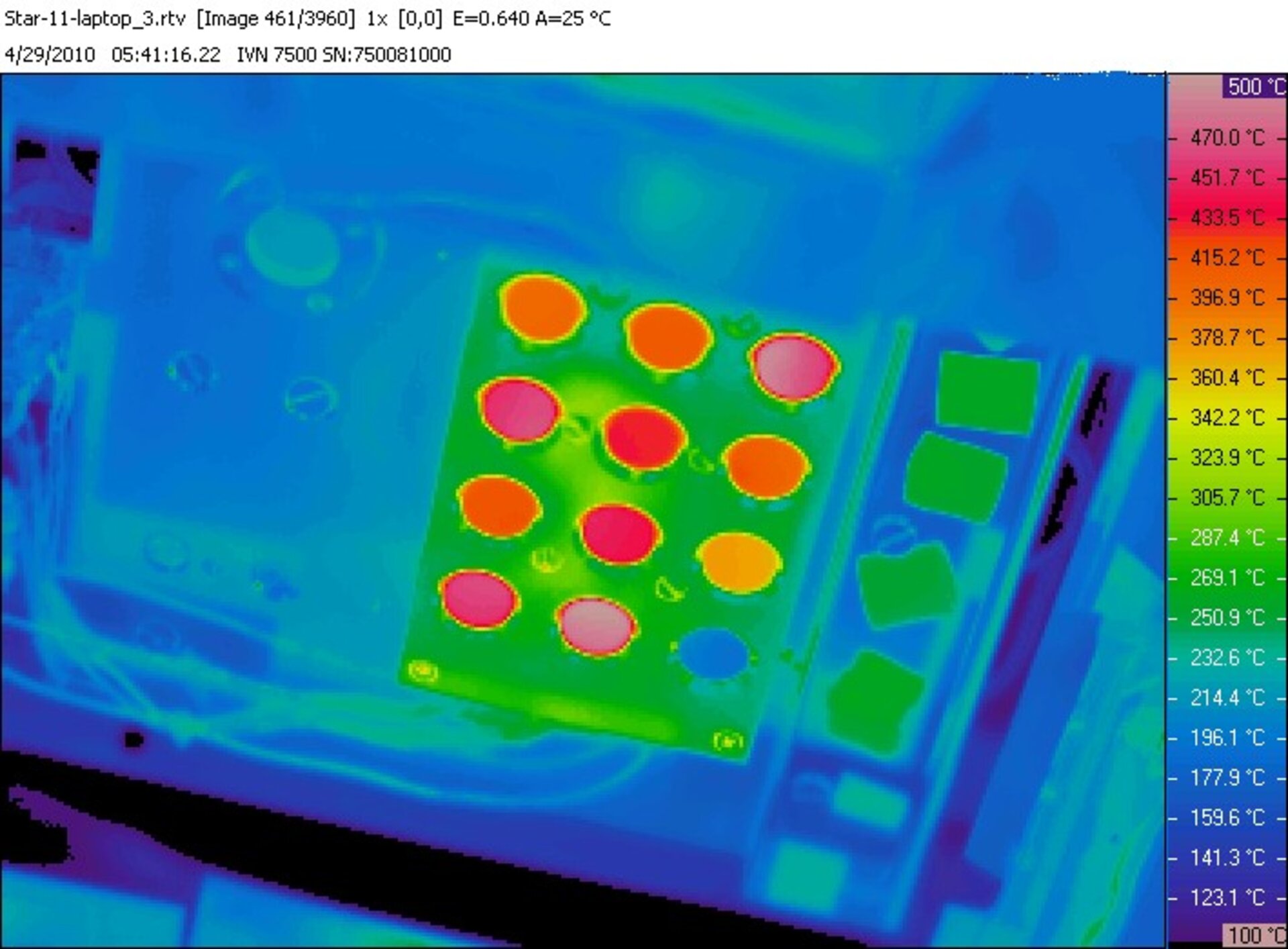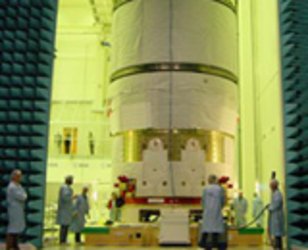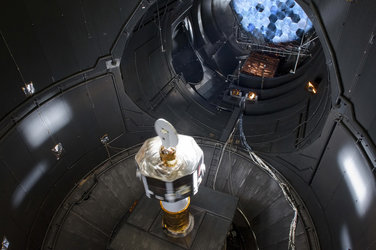Hot stuff: the making of BepiColombo
6. A life in the Sun
ESA’s materials experts needed to predict the end-of-life condition of all the materials in question. How might specific mission-critical properties change after years of intense solar glare? Would reflective coatings discolour, MLI crack, solar arrays lose electrical performance or thermal emittance – the crucial ability to radiate away heat?
“Total exposure will be something like 100 000 equivalent Sun hours,” explains Christopher. “Traditionally we boost illumination levels for accelerated lifetime testing. But a move up from 11 solar constants to 30 or 40 is not so easy.
“The accuracy is uncertain, due to non-linear effects – the materials might unexpectedly fail for some unknown reason.”
End-of-life estimates for Venus Express offered a starting point: the five-year-old mission remains in good health, showing the team’s original estimates had been broadly accurate.
7. Less air for more precise testing

In such an extreme environment, everything degrades, like plastic left out in the Sun. But precisely how critical properties degraded over time in orbit needed to be exactly understood.
For example, it was found that when test items were removed from their vacuum chamber then their subsequent exposure to air would induce chemical interactions with radicals within the material.
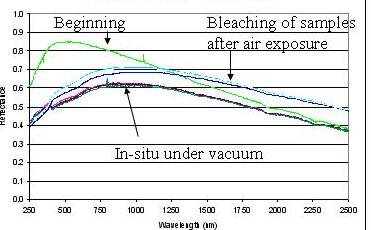
“These radicals are basically degradation products, so this alters the state of degradation,” says Christopher. “A day later when a measurement is done, their condition could be very different. So if we extrapolate from these results we would get a performance curve, but the real curve would end up being much worse.
“So we set up a system to make measurements while still in vacuum, saving us time and letting us assess changes much more reliably.”
8. Testing to breaking point and beyond

ESA needs to be sure that its chosen materials would function reliably for years on end.
“We are going to the limit of a material’s performance, seeing what happens when it breaks down,” Christopher adds. “The result is a wealth of information that could be of interest to many other industries as well.”
The programme continues to qualify all the materials needed for the mission, currently standing at around 75% complete.
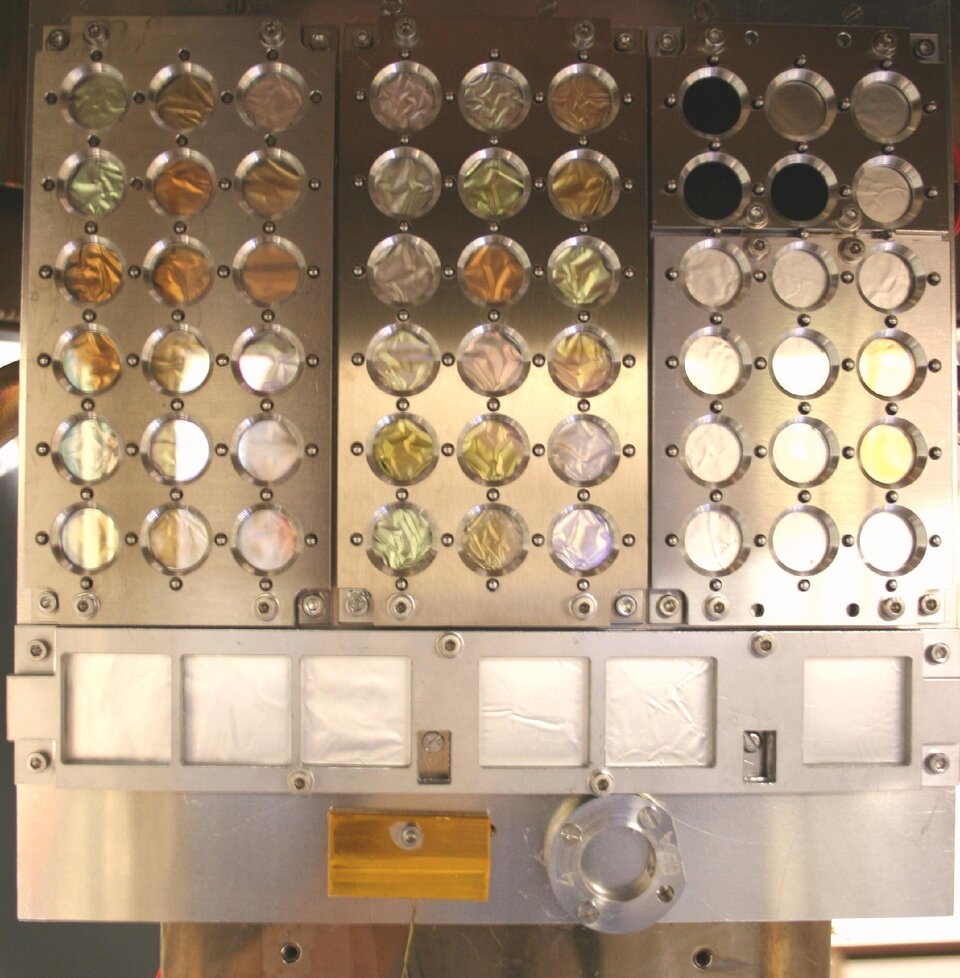
The MLI covering the bulk of the spacecraft’s surface is foreseen to be a woven ceramic fabric. There are multiple layers kept apart by spacers, designed to be as light as possible – some of the layers have less than a tenth the thickness of printer paper, just 7.5 micrometres across.
“The result is much lighter than metallic foil but also more brittle,” says Christopher. “Now we need to look at processing issues: how to stack it, what shapes can it fit around and how to handle it without damage and release of particles.”
9. A way to save the solar arrays
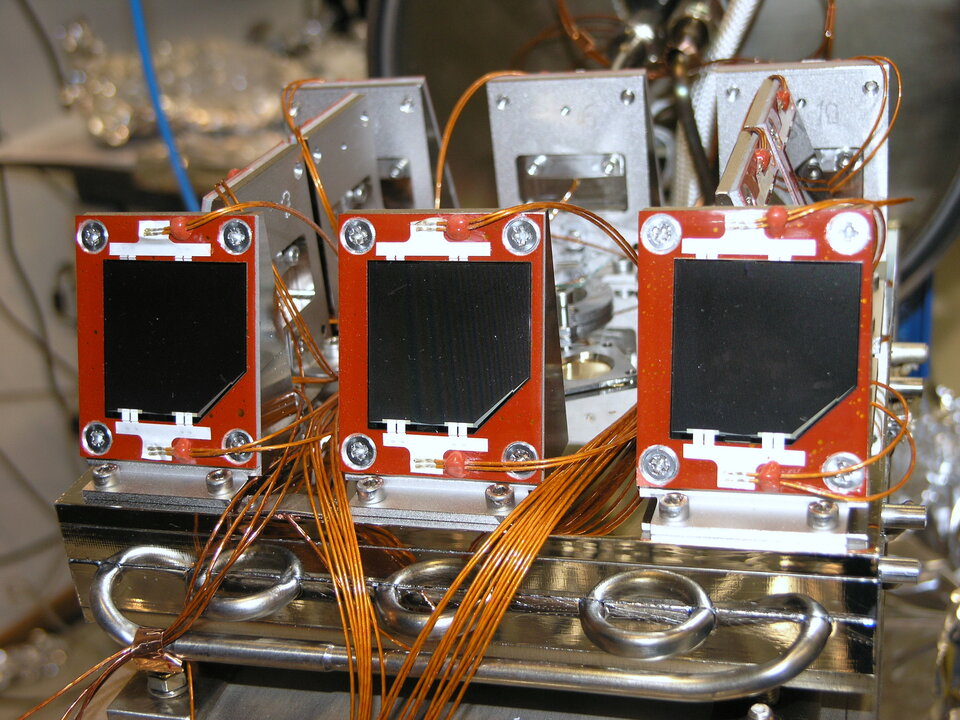
Solar cells became the single most challenging material question. Dramatic degradation in solar cell performance was detected: just one simulated month saw a 20% power loss.
“This failure brought the mission to the brink of cancellation,” recounts Christopher. The effect was due to a combination of material degradation from ultraviolet radiation and high temperatures driving down cell efficiency.

A combination of protective coatings and carefully solar array tilting offers a workable solution. If the solar arrays directly face the Sun then they would heat up and fail. So instead they stay tilted at an optimum angle. Their power production stays lower, but so does the temperature.
The main antenna also requires protective coatings, though for a different reason. It is made of thin titanium for maximum performance: it needs to perform highly accurate radio science experiments to determine how spacetime curves around the Sun.
By itself it would warm up like any other metal in the Sun – to as high as 700°C. But temperature-driven deformations have to be prevented. A specially-tailored coating should keep its temperature 300°C lower while allowing electromagnetic signals to pass through freely.
10. Spacecraft-level testing has begun
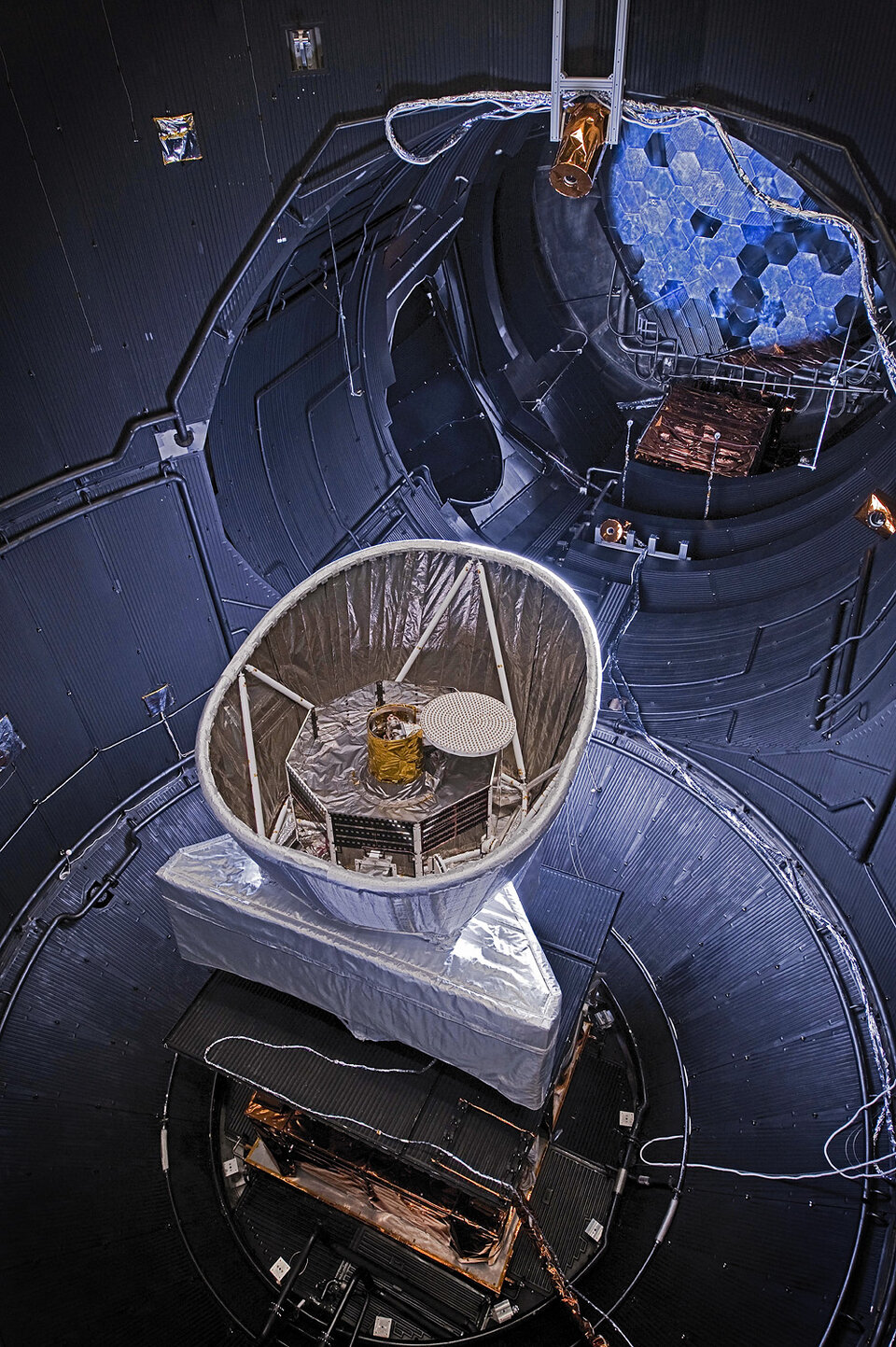
A test model of Japan’s MMO arrived in the Netherlands in mid-September 2010 for testing in the Large Space Simulator (LSS) at the ESTEC Test Centre, the largest vacuum chamber in Europe. The LSS’s Solar Simulator was carefully adjusted to attain 10 solar constants, its light beam being brought into much tighter focus.
“To safely remove the resulting heat from the chamber walls we installed an extra thermal shroud with a more than six times greater flow of liquid nitrogen than the existing system,” explains Alexandre Popovitch, overseeing modifications. “That required around 5000 litres of liquid nitrogen per hour of each two-week test.”
There were two sets of tests, one with MMO free-spinning – as it will operate during its active life – then one with an ESA sunshield that will keep it cool as it rides as a passenger to Mercury.
This summer, test models of Europe’s BepiColombo spacecraft will go through the same experience. Follow-up versions incorporating any lessons learnt will be ready for evaluation in 2012, with the launch of BepiColombo scheduled for 2014.
The materials team, meanwhile, is looking forward to ESA’s Solar Orbiter mission – destined to venture even closer to the Sun.


